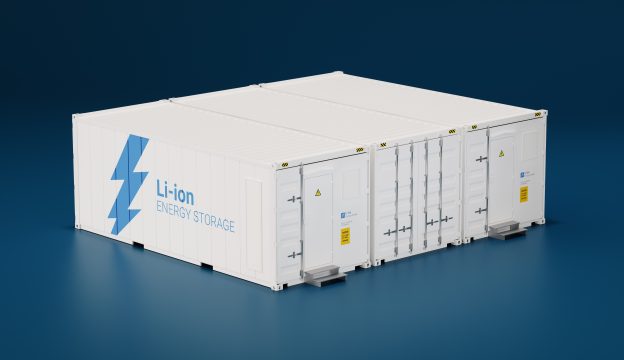 |
The Hawaiian Electric Companies has filed an updated version of its Power Supply Improvement Plan with the Hawaii’s Public Utilities Commission. The plan is targeting at leading Hawaii to completely use renewable resources by 2040, ahead of the state’s original goal.
Hawaiian Electric filed the original version power plant this April which emphasized on power generation transformation progress over the next five years on each of the five islands the companies serve. As the companies forecast that they will exceed the state’s renewable energy target for 2020, they updated and re-filed it as well as attained a new renewable portfolio standard (RPS) that will be ahead of the state’s milestone.
The new RPS indicates power generation from renewable resources of: 48% by the end of 2020, up from the mandated goal of 30%; at least 72% by the end of 2030, compared with the mandated goal of 40%; and 100% by the end of 2040 to the latest, while the mandated goal is 70%.
The RPS will be five years ahead of the 2045 deadline to reach the goal of 100% renewable energy for the Hawaii State.
"We have a solid plan that accelerates our progress to get to 100 percent renewable energy. We can do this," said Alan Oshima, Hawaiian Electric president and CEO. "We want to work with parties from all segments of our community -- government, business, community, and environmental groups – to refine the plans for Hawai'i's energy future."
Solar plus wind, plus batteries
“The plan estimates that the RPS after 2030 could exceed 100% when taking into account customers' generation of electricity for their own use as well as the anticipated widespread use of battery storage,” stated in the Hawaiian Electric’s announcement.
Island by island, the companies plans to achieve an RPS of 100% on Moloka’i by 2020 by using a proposed mix of solar, wind, biofuel and battery storage solutions. As of the end of 2020, the companies forecast an RPS of 80% for Hawai’i Island, 63% for Maui, 59% for Lānaʻi, and 40% for O’ahu.
The plan includes the continued growth of private rooftop solar and describes the work to expand and upgrade grid infrastructure and to use the newest generations of inverters, control systems and energy storage to help reliably integrate an estimated total of 165,000 private systems by 2030. Hawaiian Electric already has the highest percentage of customers using rooftop solar of any utility in the U.S. and customer-sited storage is seen as a key contributor to the growth of the renewable portfolio on every island.
The plan also involves in adding 360MW of grid-scale solar, 157MW of grid-scale wind, and 115MW from programs known as Demand Response to expand the renewable resources.
The Hawaiian Electric Companies are exploring additional actions and resources. For example, working with land owners and developers, planners are exploring pumped storage hydropower, run-of-the-river hydropower, hydrogen and wave energy as potential additions.
Everyone included
The Hawaiian Electric Companies’ Power Supply Improvement Plant stresses on the balance of the pursuit of renewable energy with price stability and affordability for customers, and the spirit is revealed through the “energy transformation must include everyone” principle, out of seven.
Such a concept can be realized by investments in grid infrastructure. Furthermore, the companies believes that “everyone” will be involved in as the oil prices are expected to rise over the next several years.
Solid foundation for the electrification of transportation, reducing the use of fossil fuels for ground transportation are also included in the plan. A widened charging network for electric vehicles using renewable energy will be created in the future as part of this plan – which will bring additional demand for renewables.
(Photo source: internet / public domain)







